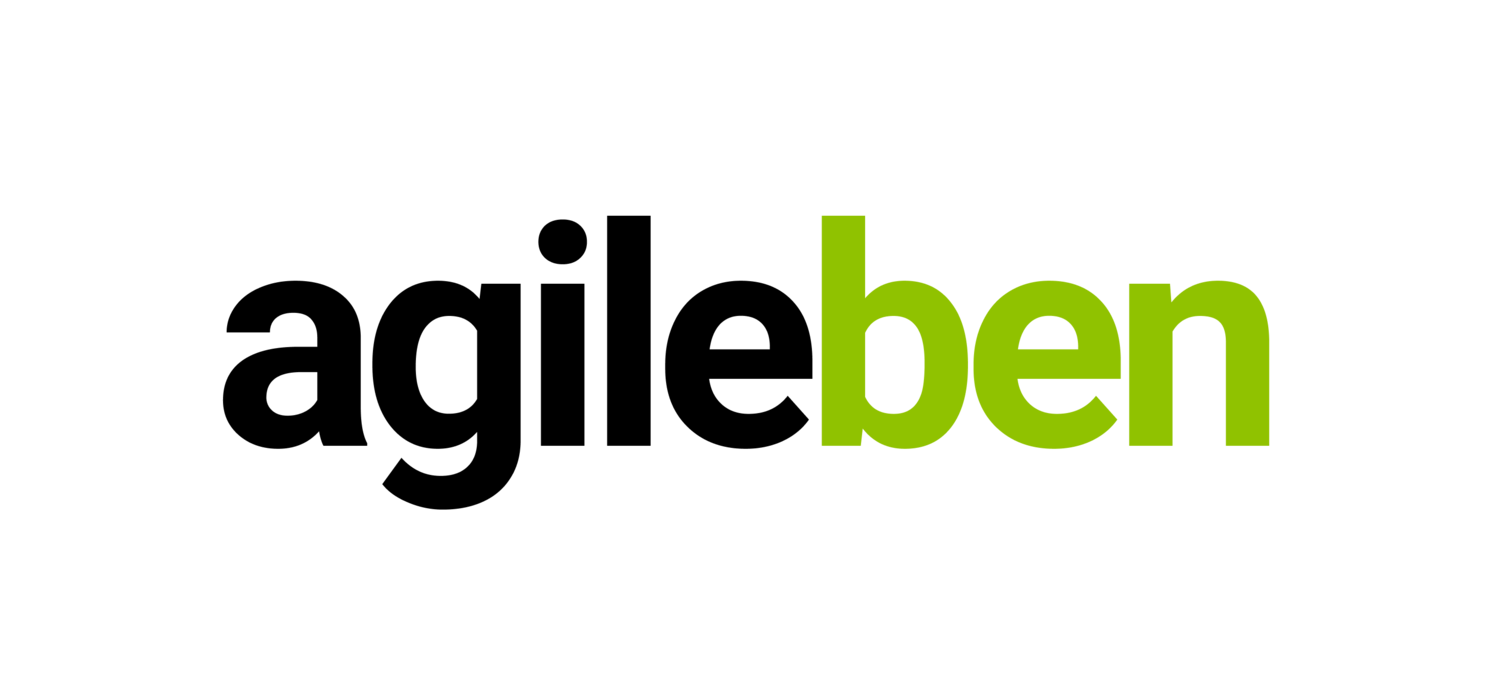Originally published in Agile Today volume 13.
Following my visual management talk at Agile Australia 2016, there were a number of questions from the audience around using digital Kanban walls instead of physical walls. In this article, I will explore the benefits of each and offer some tips for getting the best out of both worlds.
I recommend starting out using a physical wall for the maximum visceral, emotional and cultural impact. Physical walls provide a meeting place for formal and informal conversations, and subtle but continuous opportunities for collaboration. Team members and leaders in the organisation can see the current situation and any problems immediately and continuously, without any effort getting access to a tool.
Physical walls have unlimited flexibility of design and of what can be visualised and thus represent an opportunity for expression of team culture. Physical walls can be funny and creative in a way that no digital tool can currently match. There is also a whole world of visual management beyond what current digital tools can support: achievement posters, dotting, blocker clusters, team policies, schedules, roadmaps and pairing stairs to name a few. In reviewing Jimmy’s book 96 Visualisation Examples,[¹] I counted 70 examples that I don’t think are possible with current digital tools.
As soon as I point out the advantages of physical walls, the following questions arise: “What about remote workers?”, “Won’t a tool make all the measurement and reporting easier?” and “What about sensitive information?” Teams of engineers in particular, typically express a general sense that using a digital tool might be a better and more comfortable choice for them.
Indeed, digital work management tools have many advantages. In addition to being able to access the tool from any location, digital tools allow attaching and searching related documents and also directly link to code changes in software. Digital tools can also automatically produce reports and charts without manual data entry. In regulated environments the audit trail and change management provided by a digital tool can be essential. So what should we do?
I believe the best approach is to use both physical and electronic tools in parallel, regardless of incremental costs of double handling, in order to get the benefits of both. I believe physical and digital walls provide fundamentally different benefits (see Table 1) and I believe the choice between them is a false dichotomy: we almost never have to choose only one.
At first this idea may seem like it would waste time, effort and accuracy. Many people point out the inefficiency of double handling the work items in both places. Underlying this thought is usually the idea that efficiency is critically important. I suggest that the small extra cost of using both systems is far less than the value of having both approaches available.
So how do we minimise the cost of running both physical and digital walls in parallel? Here are 5 tips for getting the best of both:
- For teams of engineers that can’t get past the idea of double handling work, consider an always on touch screen as a potential compromise. At realestate.com.au a number of the teams I worked with used a particularly large touch screen with a digital wall and we found it worked reasonably well for daily meetings. Some limitations we experienced included a lack of flexibility of wall design and a fairly limited amount of information displayed on each ticket. We noticed the lower resolution and much smaller displayable size compared to our physical walls.
- If you want the benefits of the physical wall but need to provide access to a few remote team members, try taking a photo each day of the physical wall and uploading it to an intranet or wiki page. This approach can be extended with a webcam pointed at the wall at all times and there are new telepresence robots that are an excellent option to achieve this.
- Consider how often you will update each wall. In one team that wanted automated auditing and reporting, they used a tool for all planning and tracking of work items, but only updated the tool at iteration boundaries: during the iteration they used a physical team wall, and updated the tool at the end of the iteration. We can extend this idea to experiment with separate, distinct lifecycles for the physical and electronic systems and this can reduce or eliminate much of the double handling of items.
- To reduce confusion, try nominating one system as the “source of truth”. For example, teams can update the physical wall during the day, and sync the electronic tool as needed, perhaps only once per day. To make this even easier, some teams have a laptop or tablet located next to the team wall for just this purpose: quickly updating the electronic system just before or after a daily meeting at the wall.
- A highly distributed team may be spread out across many locations. For these kind of teams I suggest each location has a local physical wall to get the day to day benefits of visualisation, focus and collaboration, with the electronic tool being the primary system of record. This even works for locations that have only one team member. For example, if one team member works from home, having a personal kanban board[²] for the solo team member provides all the focus advantages to that person at minimal overhead. I’ve had solo workers report a reduction in distractions by simply having the current tasks physically visualised near their workstation.
If we are open to experimentation, there are many ways to reduce or eliminate costs associated with having physical and digital kanban walls. Next time you are tempted to choose one over the other, stop and think if you can experiment with having both to truly get the best of both worlds.
Table 1: Benefits of Physical and Digital Kanban Walls





